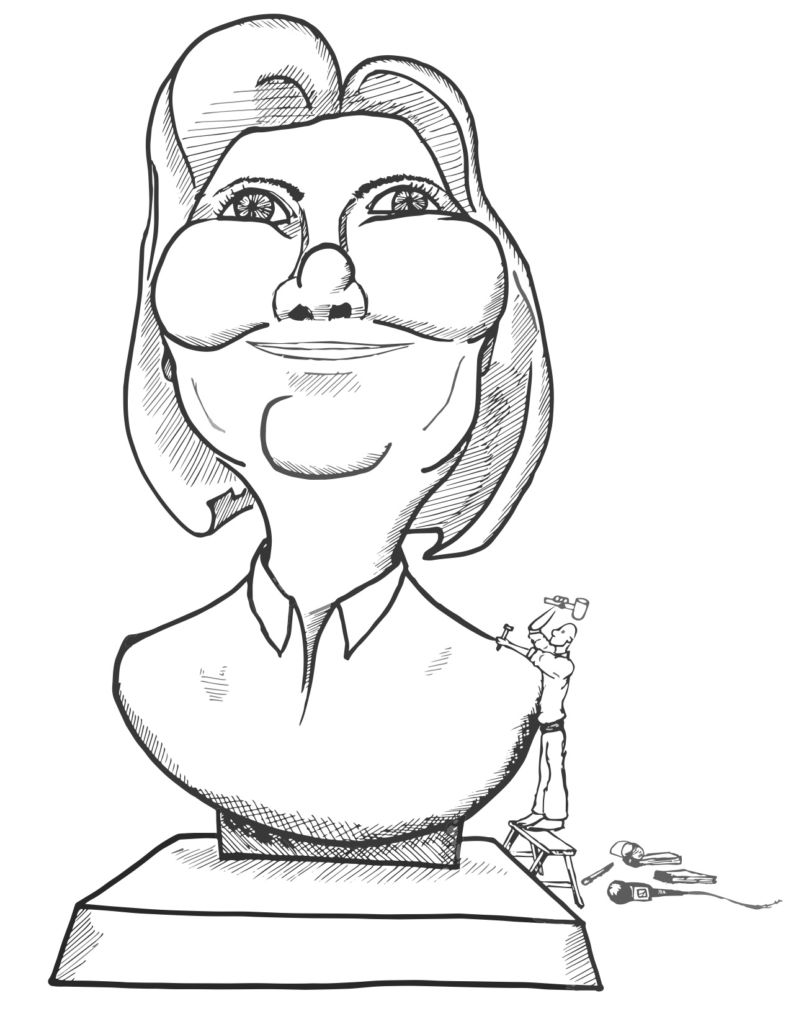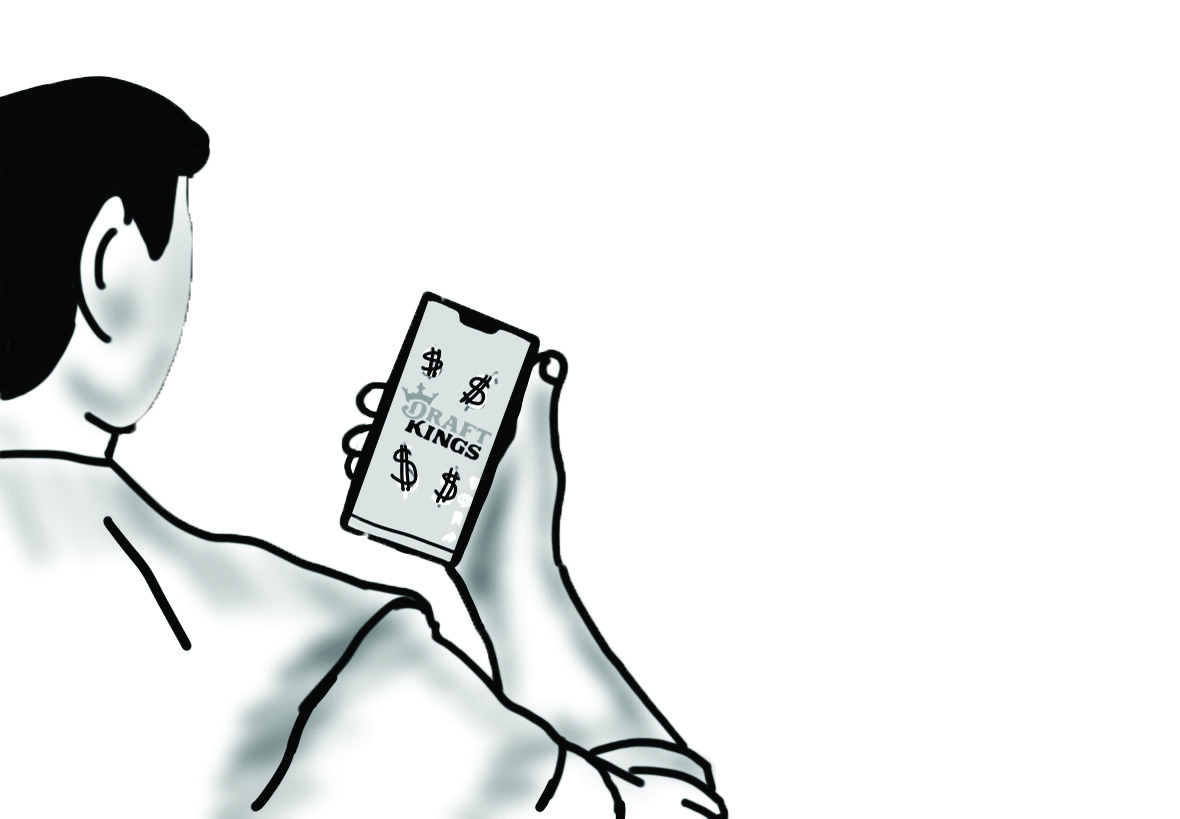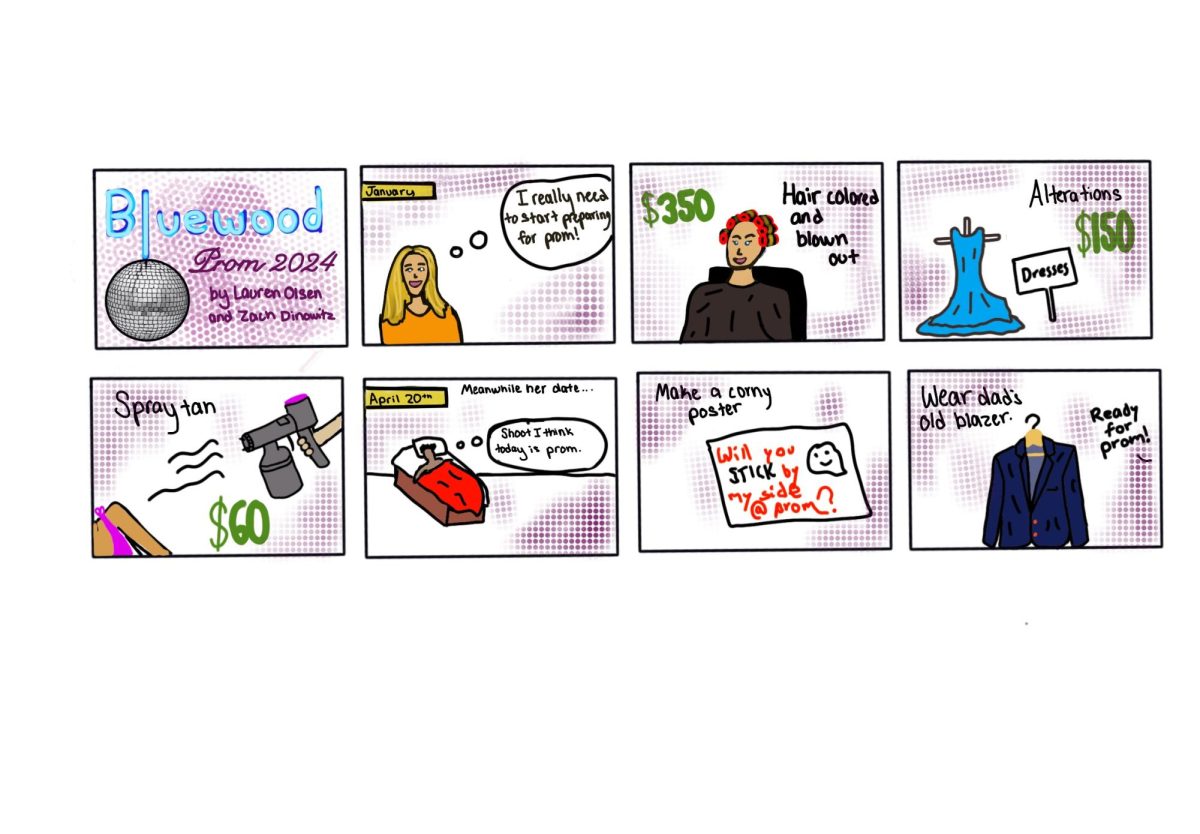
The 2016 election season is exceptional. It diverges from the storied rhetoric of traditional politics in favor of brash dialogue. It abandons the formal platforms of political discussion in favor of 140-character sound bites during a year in which 44 percent of U.S. adults use social media to learn about the election, according to Pew Research. It features a candidate so divisive that even members of his own party, from former GOP national security advisors to current Republican senators, refuse to get behind him. But in one field it must remain unexceptional: journalism. Journalists must stick to their tradition of impartiality.
Many major news outlets have a widely recognized liberal or conservative bias―CNN to the left, Fox News to the right and so on. In this election, a greater number of relatively trustworthy journalists and publications seem to have lost sight of their impartiality.
Consider a recent hot topic: Donald Trump’s response to the hacking of Democratic National Convention computer systems. He invited the hackers (believed to be Russian) to attack Hillary Clinton’s email servers, saying, “Russia, if you’re listening, I hope you’re able to find the 30,000 emails that are missing.” The news outlets responded just like they have with many other issues this election cycle—by covering the story along the lines of their respective biases.
Fox News ran the story with this headline: “Haywire over hacking: Media refuse to believe Trump’s Russia comments were sarcastic.”
The New York Times used the headline: “‘Is this the Spokesperson in Chief you want?’”
The first example is not surprising; Fox News has a recognized bias, as mentioned before. But The New York Times should do better. The headline comes from a comment left on their site by one of their readers. Technically, the phrase is not their own.
But journalistic integrity goes deeper than word choice; editors and journalists display bias simply by choosing to report on some stories and not on others, by placing certain stories on the front page or not and by choosing to use laudatory or critical diction in their headlines. Editors at The New York Times chose to use that comment as their headline, and that biases their readers.
Furthermore, millennials are more likely to trust The New York Times than to distrust it, according to a 2015 Pew Research study. Forty-one percent of survey participants reported trusting the paper for political and government-related news, while only 11 percent distrusted it. Especially in such divisive times, editors need to honor that trust.
Credible sources should not now be printing headlines like: “Trump’s economic plan. Sad!” (from a cover of The Economist), “Trump wants to cut visas he used for his own models” (factual, but chosen with bias, from The New York Times), or “Inside the failing mission to tame Donald Trump’s tongue” (also from The New York Times). If they do, they shouldn’t toss Clinton softballs like The Economist’s “The Democratic nominee is starting to look unbeatable.”
I compiled a spreadsheet of descriptors used in headlines or story previews about Hillary Clinton and Donald Trump from the past few weeks of The New York Times online, the past few issues of The Economist, and recent headlines on the homepage of Fox News. I color coded it. Purely factual, ambiguous or neutral descriptors were blue. Descriptors with negative connotations in context were red, and positive descriptors were green. A few things became blatantly obvious.
First, The New York Times is reluctant to criticize Hillary Clinton. Headlines about her candidacy are altogether blue and green, with two red specks. The Economist is fairly balanced, though some notable adjectives include “unbeatable” and the ambiguous “inevitable.” Fox News paints her red.
Second, no one shies from criticizing Donald Trump except for Fox News. Fox’s homepage headlines describe him as “kinder”, “gentler”, and “powerful.” Descriptions from The Economist and The New York Times on Trump look like a nosebleed. They criticize his “loutishness,” his “failing mission,” and capture him “rallying white crowd.”
Last, publications of all sorts are writing about Donald Trump far more regularly than Hillary Clinton. That choice in and of itself is a bias. Trump is far more controversial. He attracts more clicks and more sales, and newspapers are businesses. However, the first duty of a news outlet is to pursue the truth, not the dollar.
Donald Trump’s bid for presidency is a controversial and high-stakes one. Yet that’s not an excuse for publications to start editorializing. Calculated story choice intended to smear Donald Trump insults the publication more than the candidate. Unbiased news stories will deflate his campaign more than targeted ones—if a news source’s credibility remains untainted, the issues it reveals become all the more poignant.






















